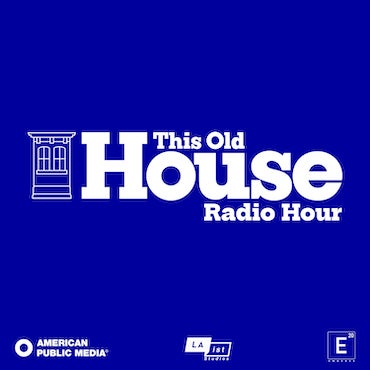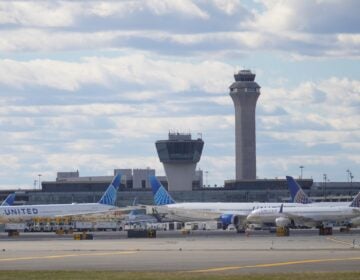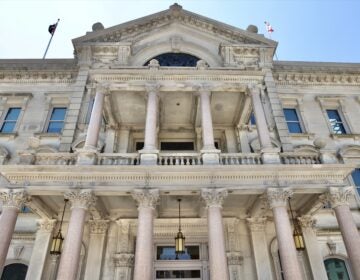Princeton nixes suggested limit on ‘A’ grades

Princeton University's Blair Tower photographed from above (Alan Tu/WHYY)
Rest easy, Tigers. Princeton University is reversing its longstanding policy on “A” grades.
For the last 10 years, the school’s official grading policy has recommended that professors don’t award A’s to more than 35 percent of students in undergraduate classes.
It was meant to remedy the rampant grade inflation that had taken place on campus in the 1990s and early 2000s.
Since the policy took effect, the number of A’s awarded dropped and grade deflation began to set in.
But the policy had unintended side effects.
“Many students commented that the atmosphere on campus had become overly competitive,” said engineering professor Dr. Clancy Rowley. “They were intentionally not helping each other for fear that the other student would get the A grade at their expense.”
Rowley chaired an ad hoc faculty committee that was formed last year to study the old policy and suggest changes. In its final report, the committee advised abolishing the numerical standards that had made professors and students anxious.
This week the Princeton faculty voted to do just that.
Instead the Ivy League school will improve the quality of professor feedback, rely on grading standards set by each department, and maintain awareness of grade inflation in Princeton classrooms.
But Beckie Supiano, a reporter for the Chronicle of Higher Education, says Princeton’s reversal on its grading policy sends a clear message to other schools wondering how to combat grade inflation.
“It certainly makes it hard to believe that you’re going to see a host of other colleges and universities stand up and say ‘well now we’re going to try this’ when such a prominent institution does something and then backs away from it.”
WHYY is your source for fact-based, in-depth journalism and information. As a nonprofit organization, we rely on financial support from readers like you. Please give today.




